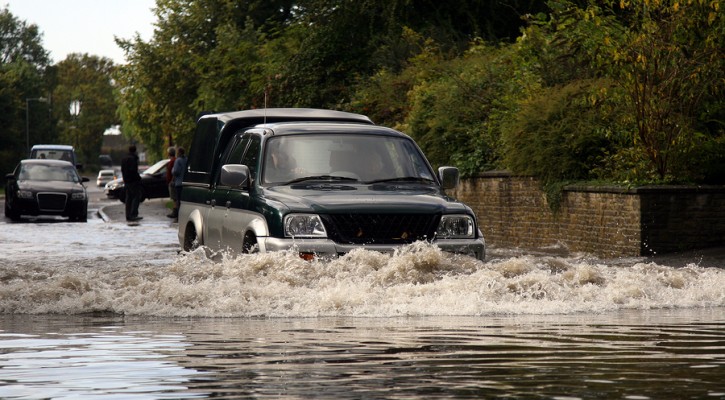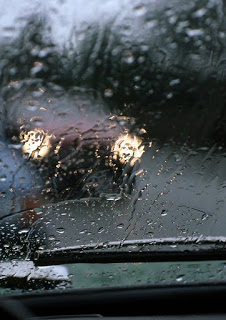Tag Archive: Flooded roads

Avoiding Flooded Roads
May 1, 2014
The wild weather that most of the southern states have experienced lately is leading to flooding in a lot of places. Even just a few inches of water over a roadway can be dangerous and flooded roads should be avoided at all costs. Read more: Dealing With Flooded Roads

Driver Safety: Dealing With Flooded Roads
June 15, 2010
Whether you believe in global warming or not, one thing that can’t be argued is that the US has been subjected to some torrential storms over the last couple of years. Atlanta received 20 inches of rain in a day and earlier this spring Nashville was struck with a massive flood. Some major floods can be predicted but an intense afternoon thunderstorm can also rapidly produce flash flood conditions that can be treacherous for drivers on the road. Drivers in these conditions are surprised at how much damage just a small amount of water on the road can do and, as a result, more than half of the deaths attributed to flash floods are auto related.
Before you go out in these conditions it’s a good time to review the hazards of flooded roads and steps you should take to avoid them or, in the worst scenario, to escape from a flooding situation. Here are some important facts about to remember about flooding:
- Every flood is dangerous to drivers. Even if the water running across the road appears shallow, what you can’t see under the rushing water is the greatest hazard of all. The road could be washed out and the water may be much deeper than you realize. Even if it appears intact, the roadway could collapse under the weight of your vehicle.
- Less than an inch of water can cause a driver to lose control.
- As little as six inches of rushing water has enough force to push your car off the road.
- Your car can float in as little as two feet of water and you could be washed away into a flooded stream or river.
- In hilly or mountainous areas, flash floods can occur long after the rain has stopped and far away from the site of a rain storm.
- The force of rushing water and debris can be strong enough to cause bridges to collapse.
- Summer thunderstorms can dump one to two inches of rain in a very short time.
- Flood waters can rise at a rapid rate.
What should you do to avoid flooded roadways?
- If you live in mountainous, hilly, or flood prone areas, pay attention to weather reports. If there are warnings of flooding, take an alternate route if it is available. Better yet, stay home.
- If the roadway is flooded, even a little, don’t attempt to drive through the water. Turn around and take an alternate route.
- Temporary barriers blocking flooded roadways are placed by emergency personnel for a reason; never drive around them into a flooded area.
- If you find yourself stalled in rising flood waters, do not attempt to stay with the car. A floating car can be swept into deeper water and can easily roll over. Escape if possible and get to higher ground immediately. Many flood related fatalities occur when people try to stay with the vehicle.
- If the rushing water is too deep and the current is too strong, you will have to make a judgment call about staying with the vehicle. Turn around before you get into that position.
- Be especially cautious when driving at night when it is much more difficult to recognize flooding conditions.
- Remember that emergency personnel will be overwhelmed and may not be able to get to you for some time.
Check out additional driver safety tips on driving in the rain or sleet.
